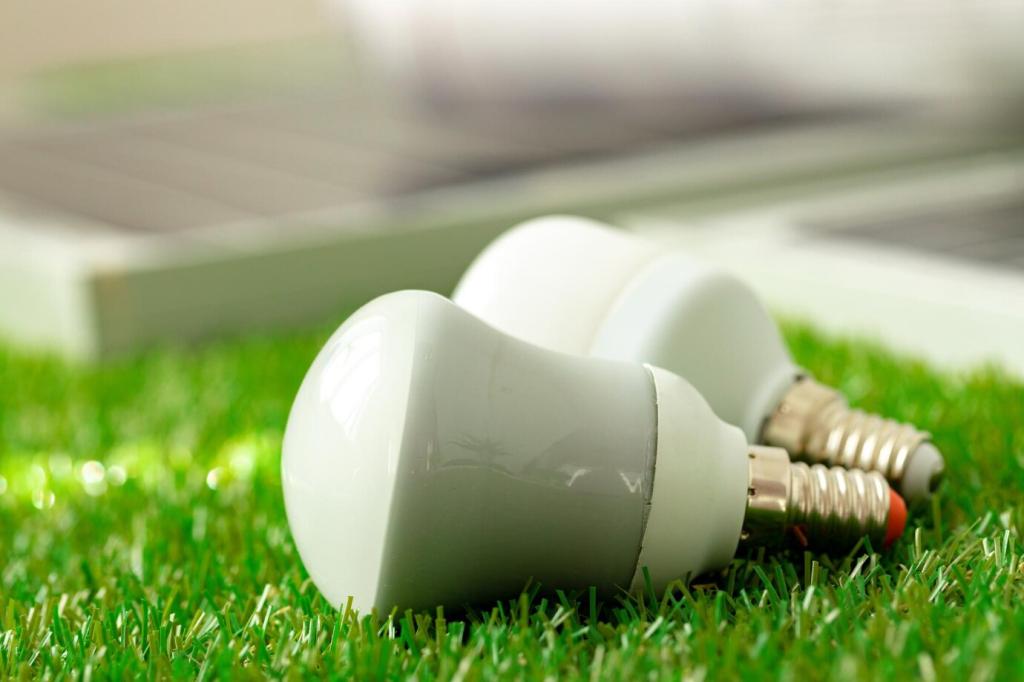Green Certifications and Standards for Eco Renovations
Eco renovations are driving the transformation towards more sustainable and energy-efficient buildings. Homeowners, architects, and contractors are turning to green certifications and recognized standards to ensure their renovation projects minimize environmental impact and promote healthy indoor environments. Understanding these frameworks is crucial for anyone considering an eco-friendly upgrade to their property.
Understanding Green Certifications
LEED Certification
The LEED (Leadership in Energy and Environmental Design) certification is perhaps the most recognized benchmark in green building worldwide. Administered by the U.S. Green Building Council, LEED provides a comprehensive framework for sustainable construction and major renovations. The rating system considers factors like energy and water use, indoor environmental quality, materials selection, and site development, assigning points across multiple categories. Achieving LEED certification not only demonstrates environmental stewardship but often translates to operational savings, healthier indoor environments, and increased property value over time. For renovators, pursuing LEED encourages thoughtful planning and holistic integration of green strategies.
BREEAM Certification
BREEAM (Building Research Establishment Environmental Assessment Method) is one of the oldest and most widely adopted green building assessment methods, particularly popular in Europe. It evaluates the sustainability performance of buildings across ten key categories, ranging from energy to pollution, transport, water, materials, and waste. Whether renovating a home or large commercial property, BREEAM certification guides project teams toward best practices in reducing environmental impacts and enhancing occupant wellbeing. Its flexible approach allows adaptions for different climates and project types, making it a fitting choice for international or context-sensitive renovations seeking verified eco credentials.
WELL Building Standard
The WELL Building Standard shifts focus toward the health and wellness aspects of environmental design, complementing traditional green certifications. Its accreditation emphasizes air, water, nourishment, light, fitness, comfort, and mind. For eco renovations, WELL provides specific guidance on integrating features that directly benefit human health, like enhanced ventilation, non-toxic building materials, and ergonomic layouts. Renovated spaces that achieve WELL certification demonstrate a dedication to quality of life as well as sustainability, making the standard increasingly popular for residential and workplace projects aiming to support occupants’ physical and mental wellbeing.


Energy Star for Homes
Energy Star, a program administered by the U.S. Environmental Protection Agency, is synonymous with energy efficiency in buildings. Energy Star for Homes standards set the bar for reduced energy consumption through well-insulated envelopes, efficient heating and cooling systems, and superior windows and appliances. Renovations achieving Energy Star compliance typically experience significant cuts in utility bills and carbon emissions, while creating more comfortable and quieter living spaces. The widespread recognition of the Energy Star label adds market value and reassures buyers that the home meets nationally respected standards for energy performance.
Passive House Standard
The Passive House standard, originally developed in Germany as Passivhaus, is one of the most exacting energy efficiency benchmarks in building. The standard is based on meticulous design principles like super-insulation, airtight construction, and optimized ventilation with heat recovery. Passive House renovations aim for drastic energy reductions—often up to 90% compared to standard buildings—without sacrificing comfort or indoor air quality. While achieving Passive House status can be challenging, especially for existing structures, it’s increasingly feasible thanks to innovative construction techniques and high-performance materials. The outcome is a healthier, more resilient home with minimal environmental footprint.
National Green Building Standard (NGBS)
The National Green Building Standard, recognized across the United States, offers a flexible system for certifying green homes and multifamily buildings. Developed by the ICC and ASHRAE, the NGBS covers every aspect of sustainable renovation, from site selection to water and energy efficiency, indoor air quality, and resource conservation. It sets performance thresholds at multiple levels, letting project teams tailor their renovations to achieve Bronze, Silver, Gold, or Emerald status. For those seeking a comprehensive, context-sensitive standard aligned with local codes, NGBS provides the structure and guidance needed to complete high-performing, eco-friendly renovations.
Key Benefits of Green Certifications
Increased Property Value and Marketability
Eco-certified properties consistently command higher resale values and attract discerning buyers seeking modern, sustainable living solutions. Certifications such as LEED or Energy Star signal to the market that a property operates more efficiently and is built to a higher environmental standard. Renovations that achieve green certification often see increased interest from realtors and potential tenants, as these credentials convey not only operational savings but also leadership in sustainability. As demand for green buildings grows, certification helps future-proof property investments against shifting regulations and rising consumer expectations.
Improved Health and Wellbeing
Green certifications go hand-in-hand with healthier indoor environments. By requiring the use of non-toxic materials and superior ventilation systems, certified renovations can dramatically improve indoor air quality and reduce exposure to harmful chemicals and allergens. Standards like WELL and LEED v4.1 emphasize the wellbeing of occupants by addressing aspects like natural lighting, thermal comfort, and acoustic control. As a result, renovated spaces provide healthier, more comfortable settings that can boost productivity, support restful sleep, and reduce occurrences of respiratory issues—benefits that are increasingly valued by homeowners and employers alike.
Lower Operating Costs and Energy Savings
Renovations guided by green certifications typically feature advanced insulation, efficient HVAC systems, and water-saving fixtures that drive down monthly utility expenses. From Energy Star-rated appliances to Passive House envelopes, these strategies deliver tangible reductions in energy and water usage without sacrificing performance or comfort. Lower operating costs mean that the initial investment in certification often pays back over time, adding to the total value proposition of eco-friendly renovations. Energy-efficient upgrades also buffer against future increases in energy prices, offering lasting financial security for property owners.
